To perform the first tests and see if it is possible to transduce bone audio, we used a small vibrating motor from an old cell phone, which will serve as a bone transducer. The audio amplifier used is the well-known LM386, which for its operation requires few external devices, which offers a quarter watt of power when voltage is supplied below 5V. Everything is fed with a small 3.7V lithium battery.
To test the circuit, the audio signal was sent by a cell phone, and using the "bone transducer" it was possible to perceive the sounds, not like you hear on the horn, but you know that bone conduction works.
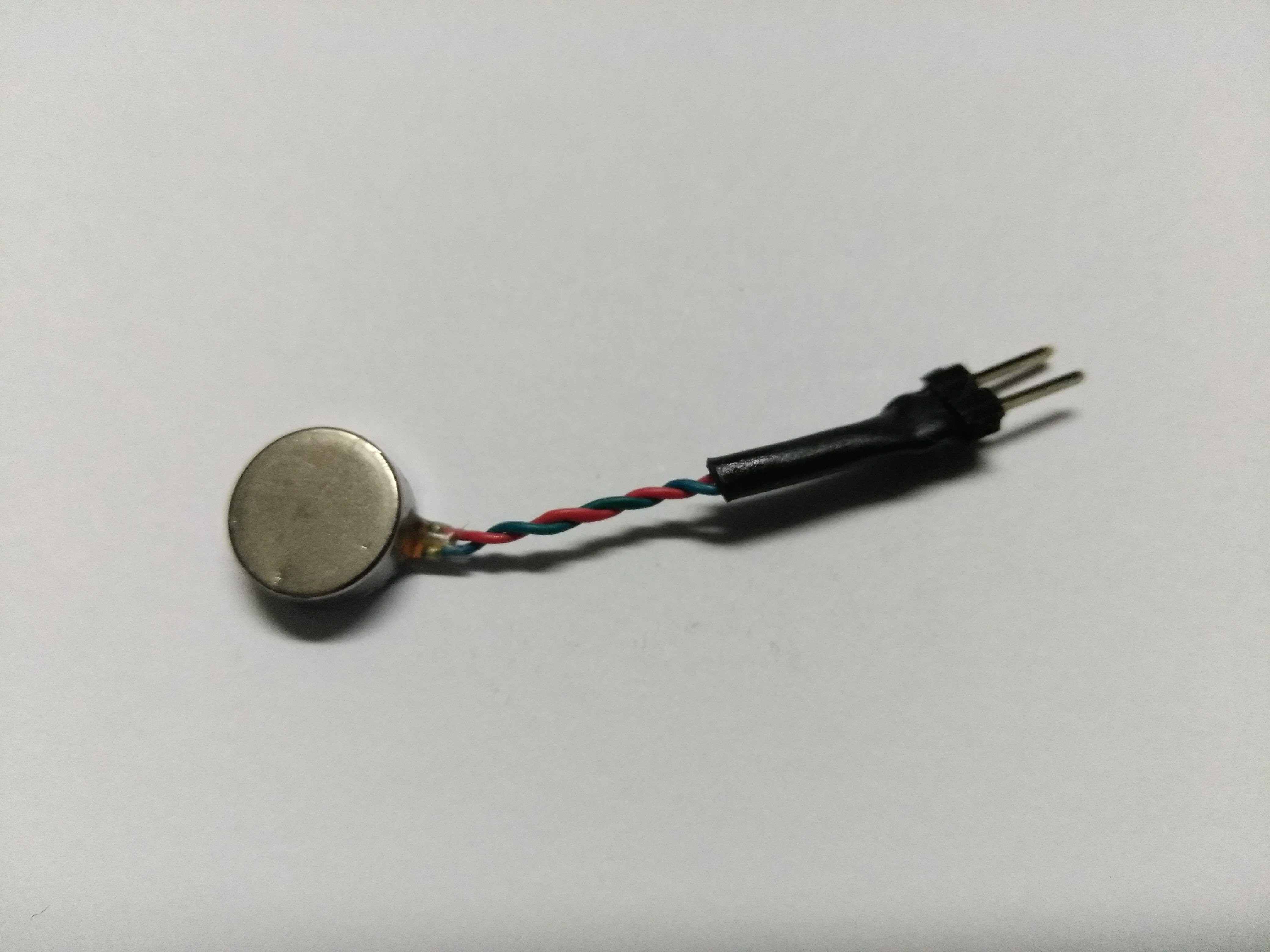
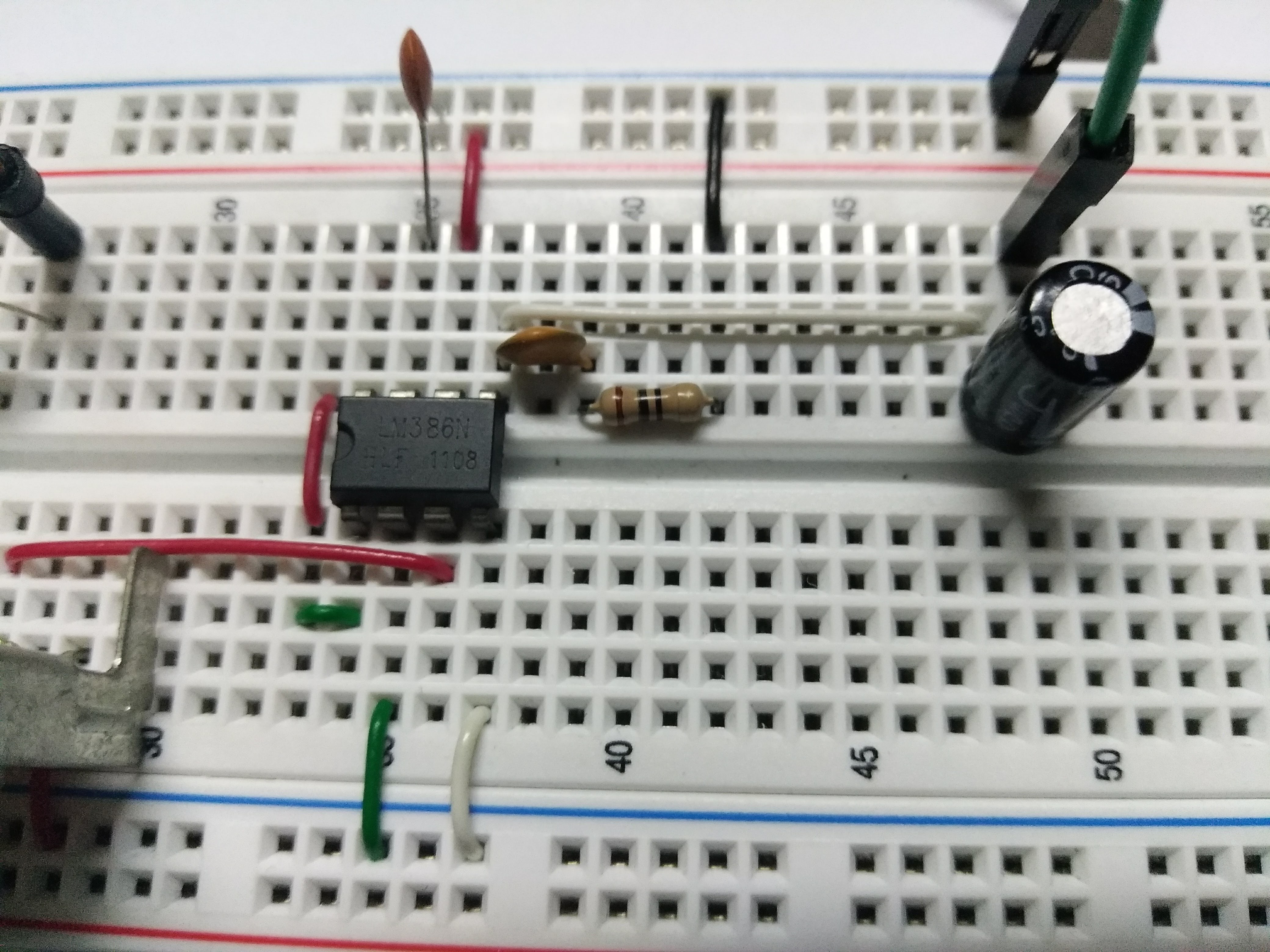
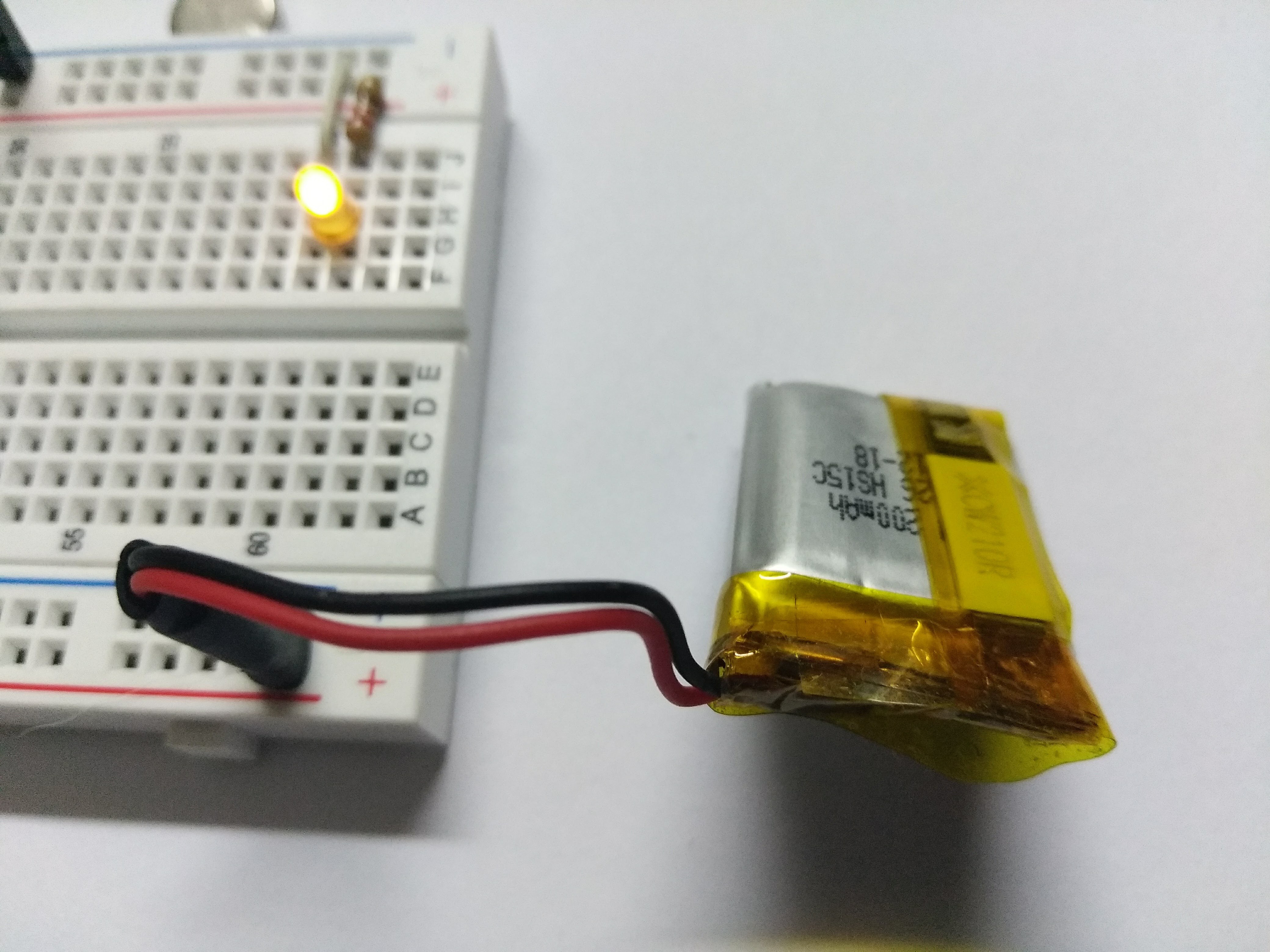
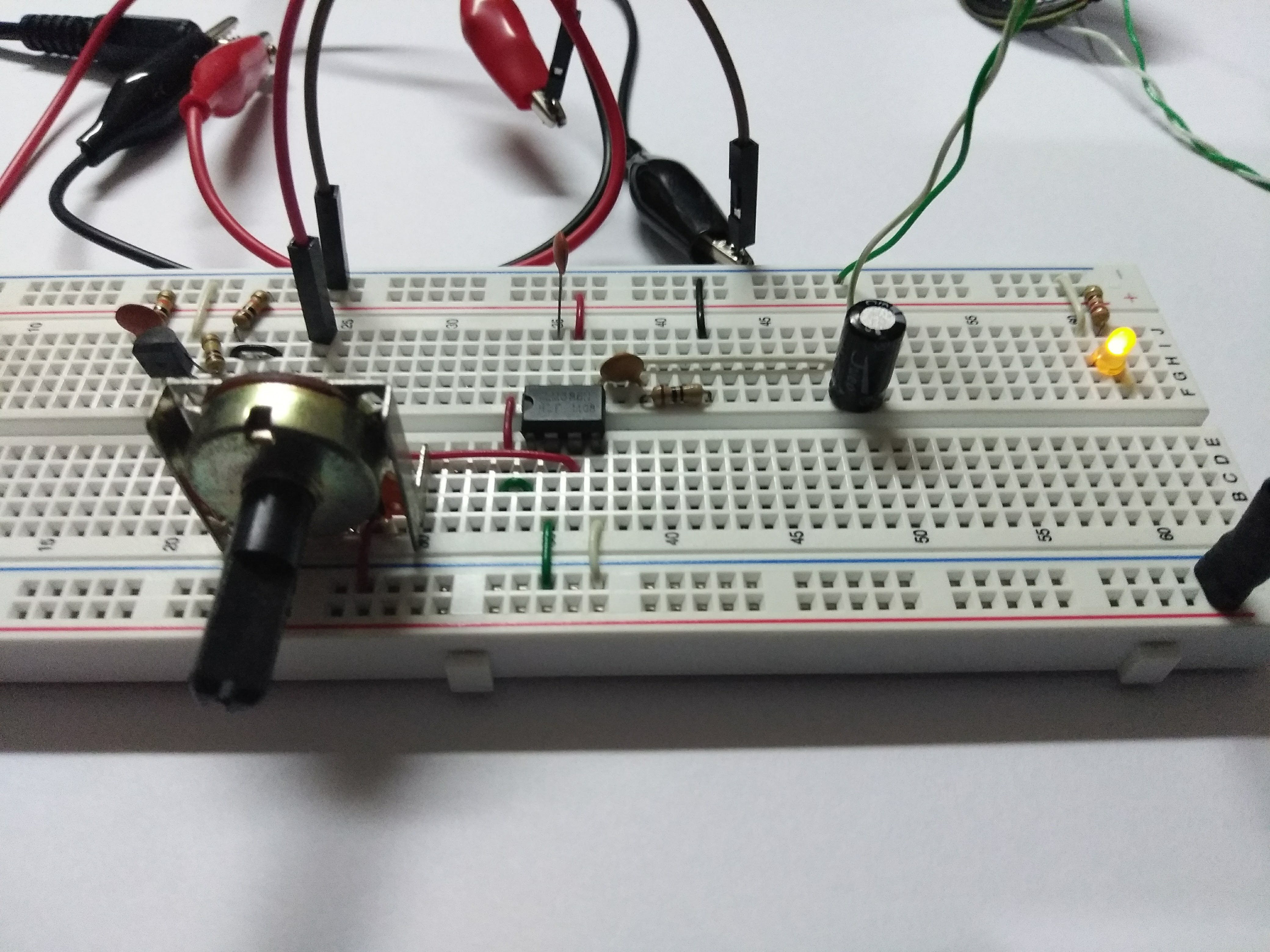
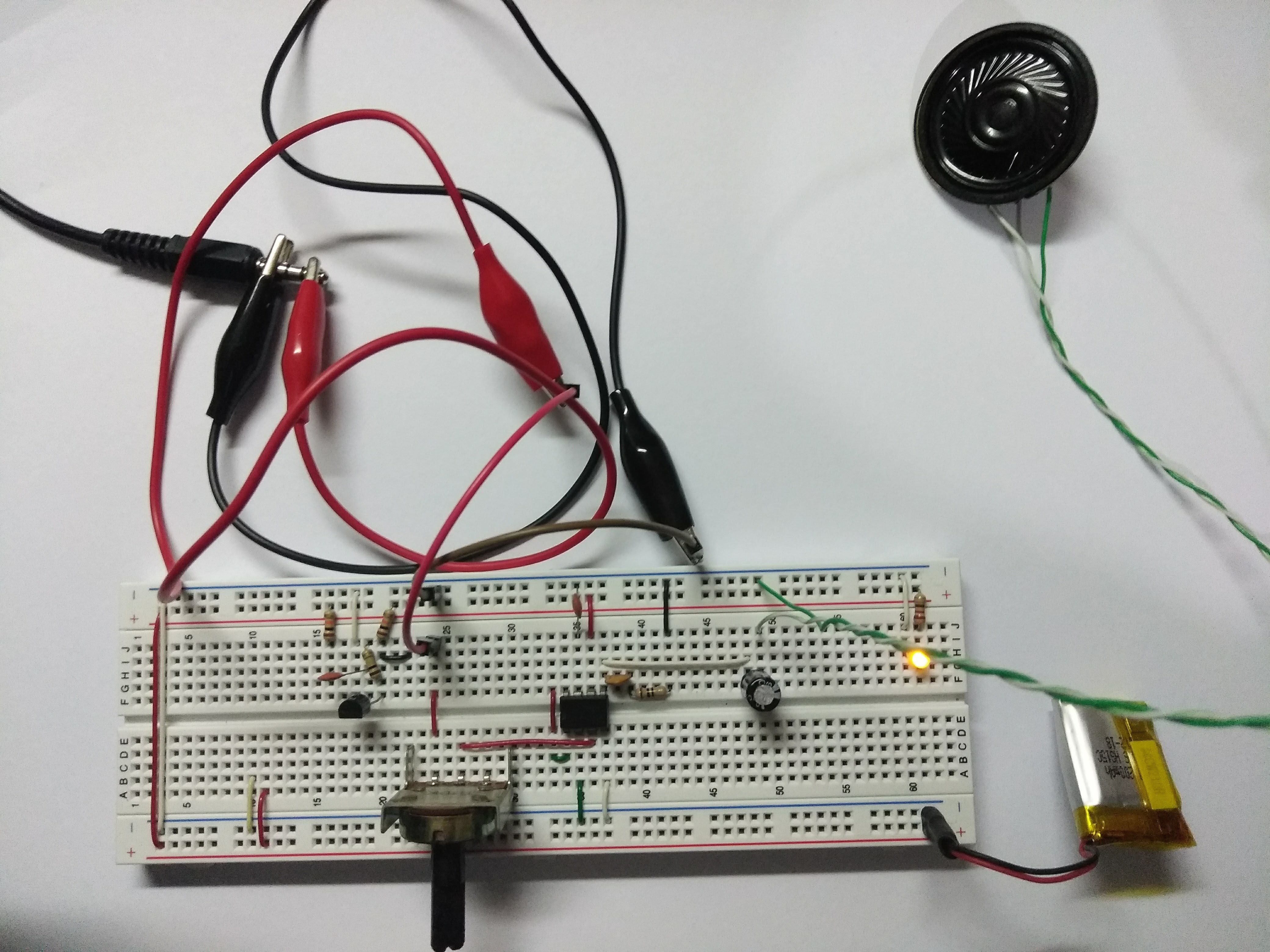

A capacitive type electret microphone was used to pick up the sound, but for this to work it is necessary to add a preamplification stage.
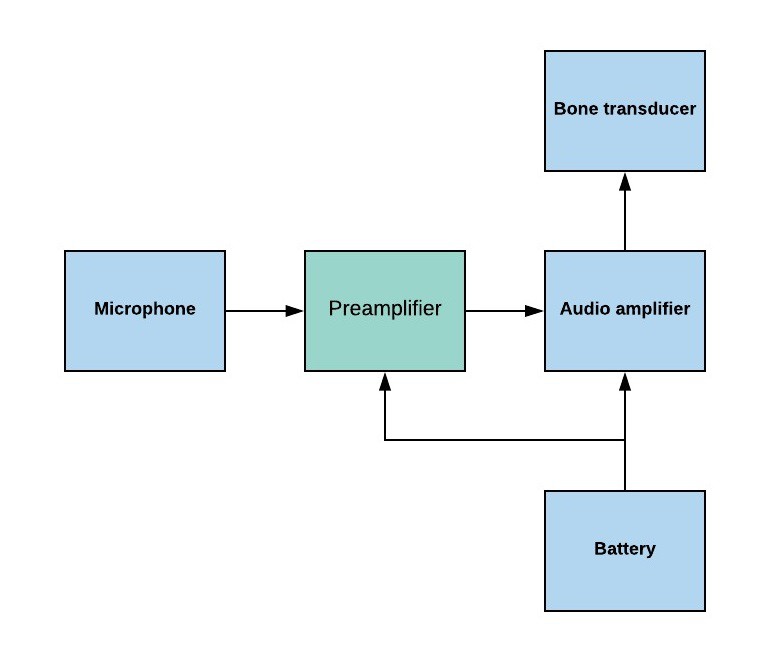
For this test a simple circuit was made using a transistor, ceramic capacitors and a few resistors. The performance of this preamplifier is not so good, when listening with the horn the sound is perceived saturated and with noise, and it is necessary to approach the microphone so that it detects the sound.

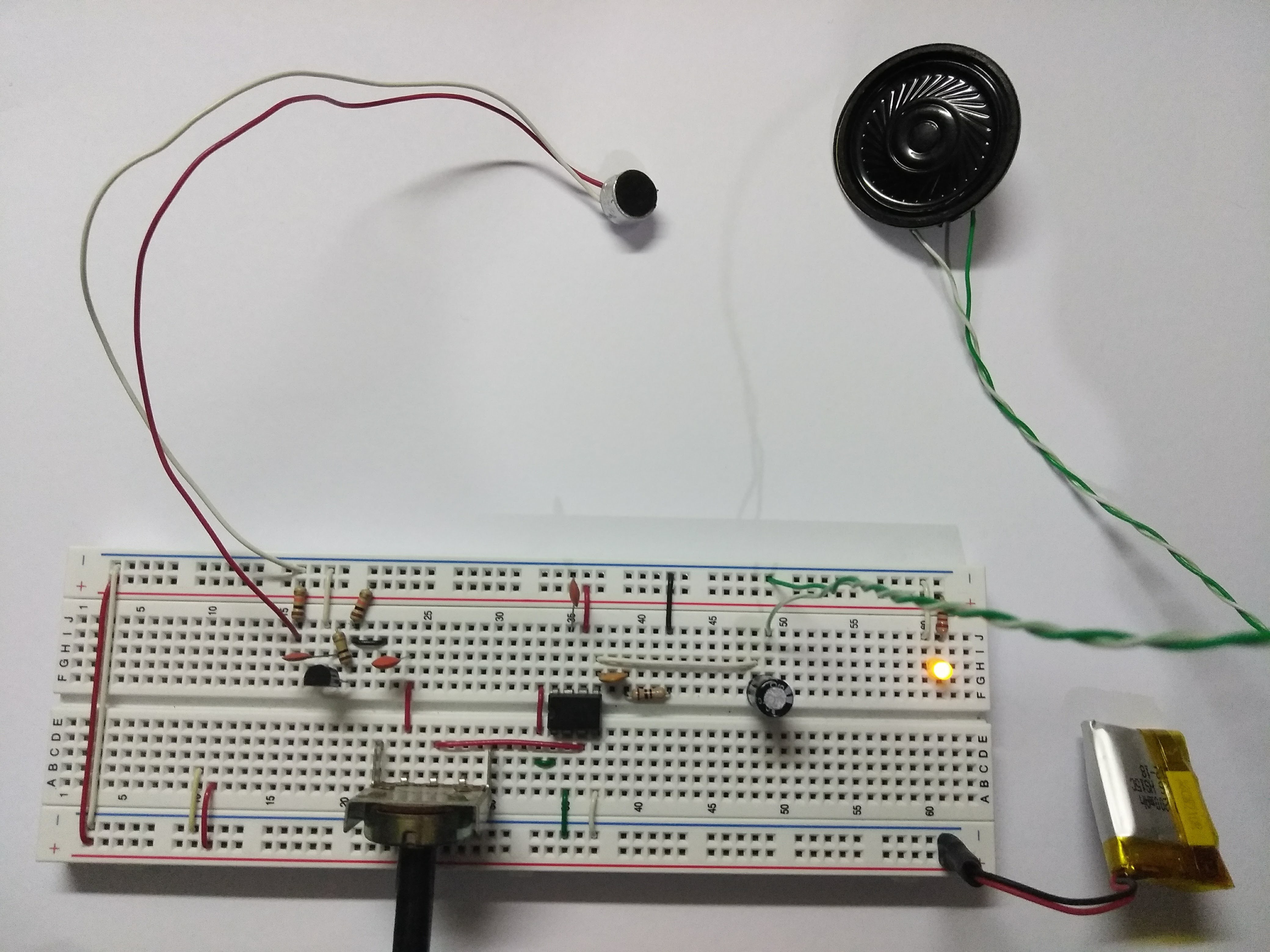
When using the "bone transducer", it is not possible to perceive anything of what the microphone captures. A better preamp circuit is needed, which improves the detection range of the sounds.

 José Luis
José Luis
Discussions
Become a Hackaday.io Member
Create an account to leave a comment. Already have an account? Log In.